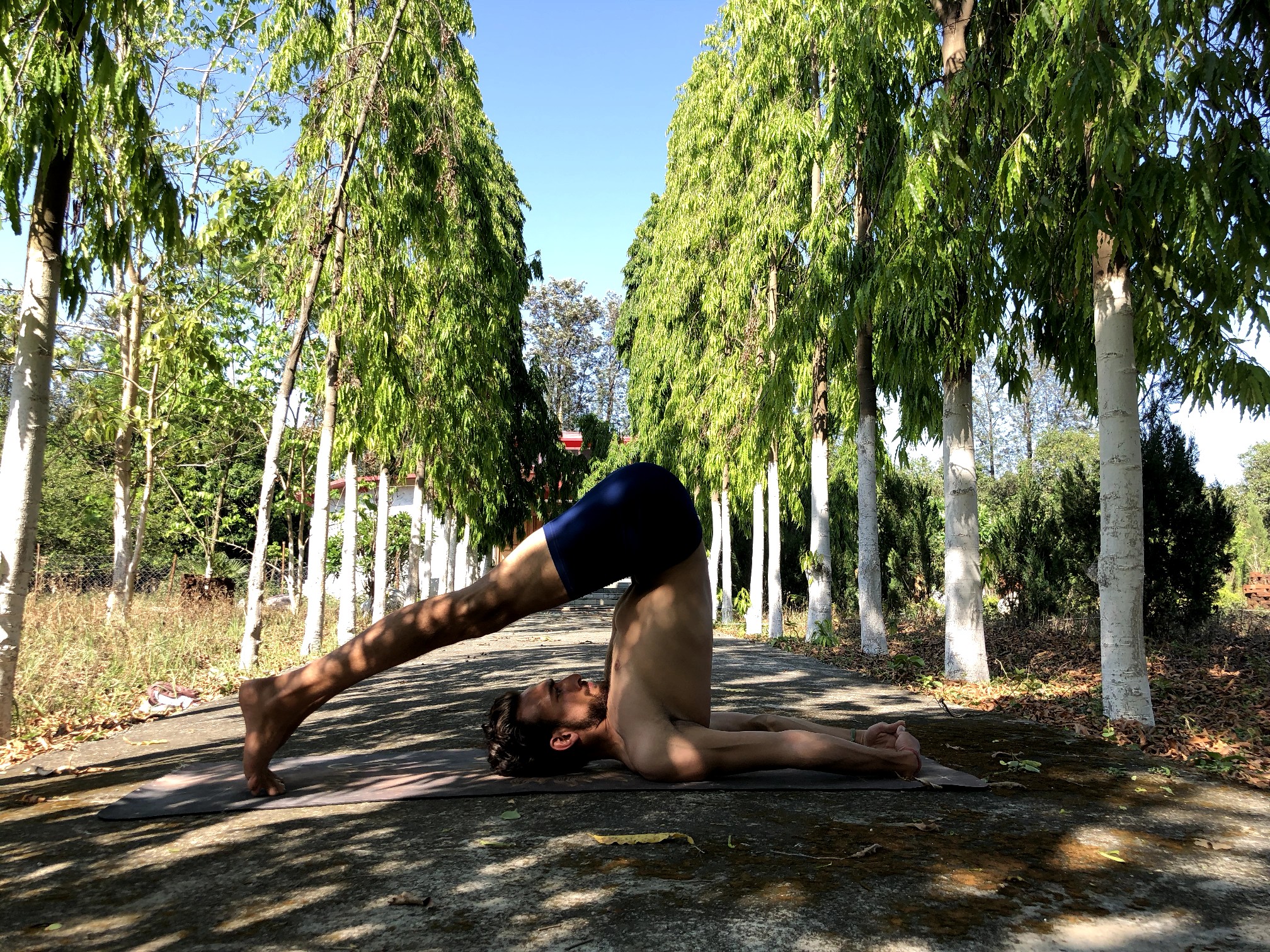

Table of Contents
What is Halasana or Plough Pose?
The word hal means plough, an irrigation equipment used for ploughing the fields or gardens before sowing, the position of the body is such in this position that resembles plough, it is one of the inverted postures in shoulder stand sequence in Ashtanga vinyasa tradition.
Halasana or Plough Pose Step by step instructions
- Lie down on your back in supine position, while you keep you legs straight and together and palms by the thighs facing down.
- Press on to palms engage your abdominal muscles and raise your legs together.
- Lift your leg so high that whole body come in straight line position from shoulders to the feet, chest will touch the chin and head And shoulders are still on the mat pressing on the floor and keep your elbows bent while palms are supporting the lower back or middle back.
- Now without moving your hips back and forth drop your legs one by one of together over head on the floor and avoid hunching your back and maintain gentle lower back natural arch to keep spine elongated.
- Now bring your hands straight down to the floor away from your back and interlock your fingers.
Halasana or Plough Pose Precautions
- If one has neck pain or injury, one can keep the legs to wall or do some other forward bend position like paschimmotanasana so neck doesn’t have any pressure.
- This posture could stretch sciatic nerve and cause it to tense people with sciatica pain should keep knees bent and toes pointed.
- During menstrual days women should avoid the pose
- Those who are on the way to conceiving must not do it.
- People with diarrhea, headaches and hypertension should also avoid it.
Halasana or Plough Pose Benefits
- Plough pose has calming and soothing effects brain.
- This posture Stimulates the abdominal organs and the thyroid gland and improve their function.
- Regular practice of the pose brings flexibility to the shoulders and spine and legs.
- In women it helps relieve the symptoms of menopause.
- Reduction in stress and fatigue has been found in practitioners
- This pose is therapeutic for backache, headache, infertility, insomnia, sinusitis.
Recent Posts
- Pranayama- the Ashta Kumbhakas
- Key Muscles Used in Ashtanga Primary Series
- Spine Health And Yoga: Top 5 Yoga Poses for a Healthy Spine and Back
- Scorpion Pose for Strength and Flexibility: An Ultimate Guide for Mastering the Balancing Act
- Why Multi-Style Yoga Training is the Ultimate Choice for Aspiring Instructors
- How Yoga Science and Anatomy Enhance The Practice
- Yoga for digestive health
- Yoga for Seniors: Boosting Overall Health and Wellness in Later Life
- International yoga day: A Global Celebration of Yoga and Well-being
- Ashtanga Vinyasa Yoga vs. Hatha Yoga: A Comprehensive Comparison
- Sound Healing: The Therapeutic Power Of Vibrations For Wellness
- How to Become a Certified Yoga Instructor in Rishikesh
- Yoga Teacher Training
- Living Yoga Philosophy Daily
- The Impact of Yoga on Sleep Quality and Insomnia
- Corporate World in Yogic Way
- Yoga rooted in Harmony with Nature
- Yoga and Mindfulness: Cultivating Presence On and Off the Mat
- Yogasana: The Inner Journey from Exercise to Yoga
- Marichyasana : Embrace the Twist
- Breathing: Path to Unfold a Meditative State
- Janu Shirshasana: Benefits, Step-by-Step Guide, and Precautions
- Yoga for Fertility
- International Yoga Day 2023
- Internationally Certified Yoga Teacher Training India


